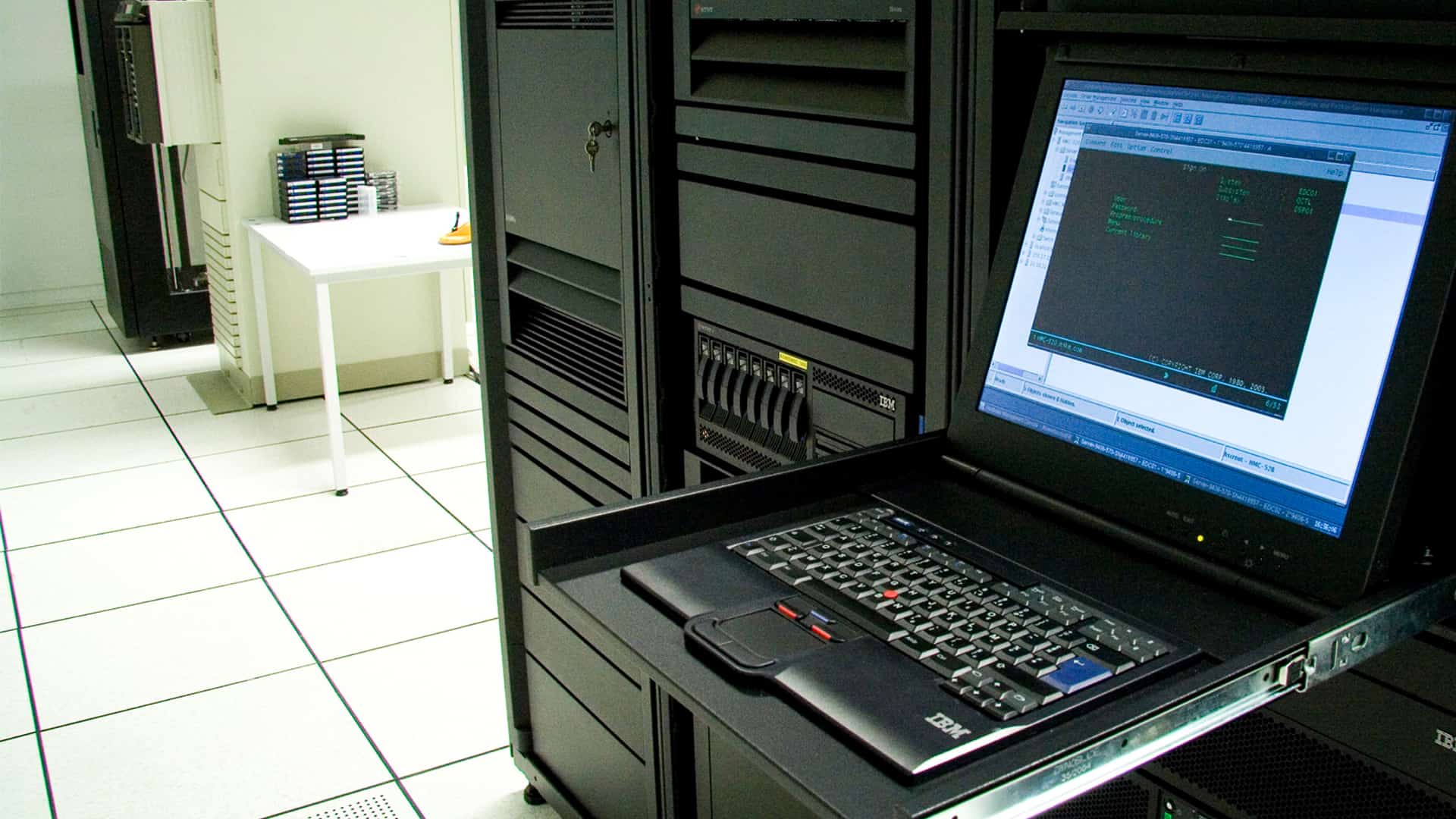
IBM i (IBM AS/400) has steadily built a reputation for reliability, simplicity, and integration capabilities since its introduction decades ago. The platform powers applications that span multiple industries and performs a range of functions, from ERP systems and financial management solutions to healthcare applications and CRM software.
Along the way, IBM i has continued to evolve, with newer versions featuring cloud-based computing, artificial intelligence, and analytics capabilities, allowing for multiple pathways to modernization.
However, many organizations running mission-critical applications on IBM i are sitting on code initially written decades ago that stands in the way of innovation and hinders their ability to scale.
These applications are often developed in COBOL, RPG, CA 2E (Synon), CA Plex, or other legacy languages that are increasingly falling out of favor with modern-day developers, making modernization plans even more difficult.
IBM i modernization is essential for organizations to remain competitive and agile, yet complex and entrenched legacy code looms large, standing between IT Managers and the promised land.
CTOs and IT Managers of these systems who want to adopt a digital transformation plan have these challenges ahead and more.
In this article, we explore some of the most complex IBM i modernization challenges and how to overcome them using CM First.
Problem: Complex and Entrenched Legacy Code
If your IBM i application is over a decade old, there’s a good chance it’s complex, tightly coupled, and undocumented in places. In addition, the code may be written in outdated programming languages and lack modularity and flexibility. The complexity and entrenchment of the code can create serious complications for your modernization effort.
Why the Problem Exists
Usually, these complexities are years in the making. Different developers contribute to the codebase over time. Many of these developers, who now may be long gone, can fail to document their updates leaving critical business logic hard to pinpoint. And if you can nail the business logic down, the outdated and rigid programming language it was written in will likely make extracting individual components challenging.
Attempts to Solve the Problem Unsuccessfully
Many organizations have attempted to solve the legacy code problem by rewriting the entire system without a deep analysis of the existing business rules and code structures. However, this approach is costly, time-consuming, and risky.
Solution: CM First
CM First offers a unique approach to modernizing legacy systems. Rather than attempting to rewrite the entire system, CM First recommends a more granular approach. CM First analysis capabilities allow individual system components to be extracted and re-engineered to make them more modular, flexible, and compatible with modern platforms.
Once the components are extracted and re-engineered, CM First recommends a variety of modern software development strategies, including cloud-based solutions, containerization, and DevOps practices, to transition the components in a scalable, flexible, and secure way.
IBM i modernization is essential for organizations to remain competitive and agile, yet complex and entrenched legacy code looms large, standing between IT Managers and the promised land.
Don’t let the challenges of maintaining these applications hold you back. Contact CM First today to learn more about how we can help you modernize your systems, reduce costs, and improve efficiency.


